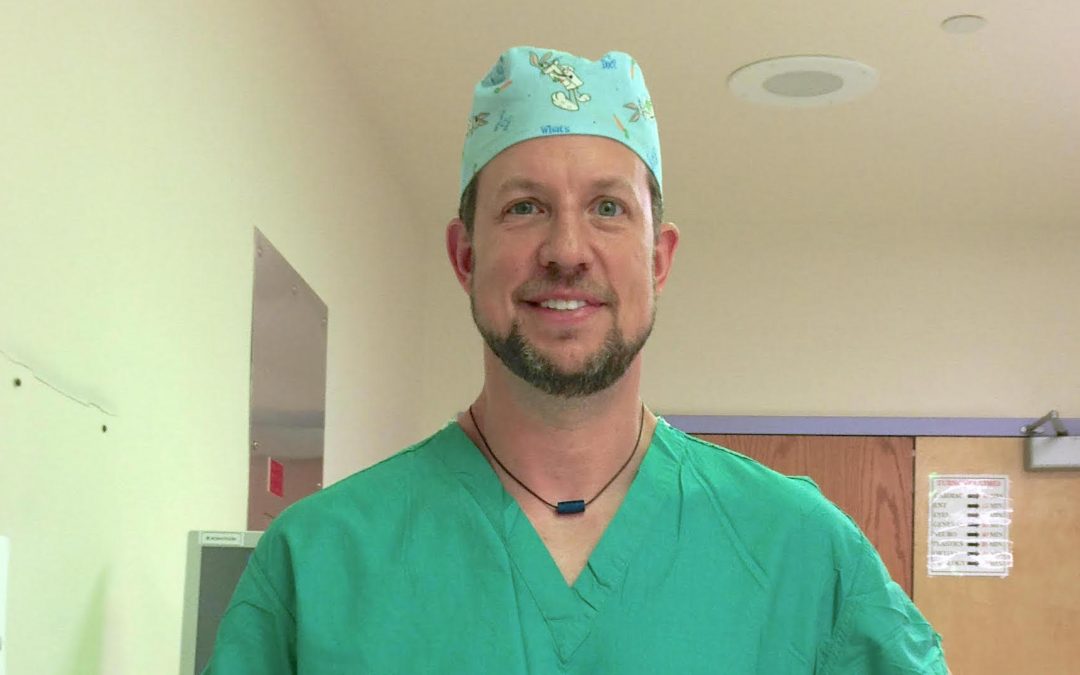For most people, the term pneumomediastinum may be unusual, but for approximately one in 7,300 people, the condition is familiar. Pneumomediastinum is air that is present in the chest that becomes trapped in the mediastinum, the area of the body which contains the lungs, heart, trachea, and esophagus. My colleagues and I published a study of management of pneumomediastinum a few years ago.
Symptoms
Many different symptoms are associated with Pneumomediastinum, which includes neck pain, coughing, shortness of breath, difficulty swallowing, a hoarse voice, and vomiting. The symptoms can come on severe or develop gradually, depending on the severity of the condition.
Some babies who are born with the condition may not show any signs or have symptoms. Others may have flaring of nostrils, rapid breathing, and grunting. They may need to receive oxygen to help them breathe correctly until the condition resolves.
Diagnosis
There are multiple ways for a medical professional to diagnose pneumomediastinum. It is usually diagnosed when a CT scan or an x-ray is done when a patient presents with one of the symptoms I mentioned above.
Causes
Leakage from lungs or an injury is often the cause of the condition, although some individuals are born with it. Babies and children are more likely to develop pneumomediastinum than adults due to tissues that are looser in their chest.
Treatment Options
Fortunately, pneumomediastinum isn’t considered to be serious and usually resolves in a short period of time as the air is reabsorbed in the body. Medical professionals may recommend staying overnight in the hospital to be monitored. Bed rest, anti-anxiety drugs, cough medicine, oxygen and pain relievers may also be recommended to obtain relief. In some cases, a chest tube may need to be inserted if the cause of the condition is due to pneumothorax, which is when a lung collapses.
Fortunately, the condition rarely returns after treatment is performed. In our study, less than 3% of patients had a recurrence with a year. Asthma or drug use can cause the condition to become prolonged and take longer to heal.
